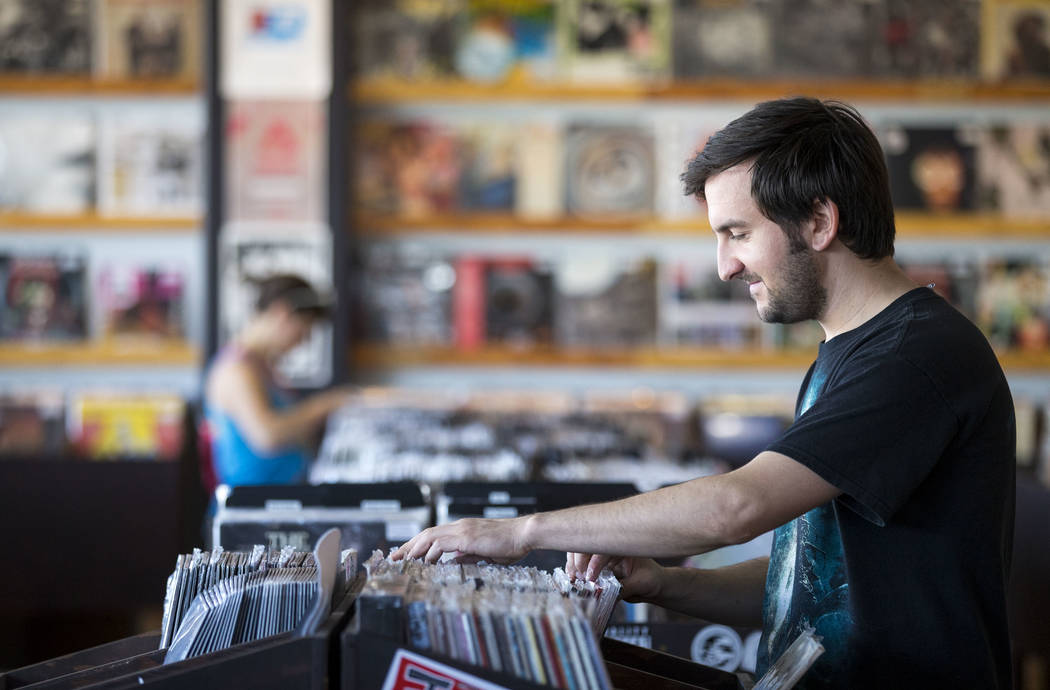Tim Burke: Holiday shopping in rurals through the years
The holiday shopping season has begun in earnest, with stores converting over to Christmas-themed merchandise and aisles that are packed so full that you can barely navigate them with your shopping cart.
Rural residents of a certain age remember that not too long ago they did much of their holiday shopping using the Sears and Montgomery Ward catalogs and picking up their packages at the local post office. During the holidays there would be that one all-day family trip to the “big city” for more shopping and to see Santa at the department store.
As holiday shopping evolved, stores made a bigger push to get shoppers physically into their stores by creating Black Friday promotions of heavily discounted items that were available only “in-store” during a limited time period.
For my family, Thanksgiving Day would not only be a time for visiting with family, but also for carefully going through that day’s newspaper that was full of Black Friday ads.
Family members would strategize on what stores each person would go to very early the next morning equipped with a list of “deals” that family members wanted. Using a divide and conquer strategy, we would each head out Friday before sunrise to take advantage of the in-store Black Friday deals.
We would then all gather together midmorning and compare notes on which Black Friday deals each person was able to successfully take advantage of. Over coffee and breakfast, we would exchange stories on who almost got trampled as doors opened and who didn’t have to fight the crowds to get those hot deals.
With the rapid growth of online shopping, retailers have expanded Black Friday deals to the internet. You can now purchase many of the Black Friday items from your home computer.
Retailers have also extended the times that special deals are available starting early in November and offer different promotions each week leading up to Black Friday.
Delivery companies will deliver those online purchases directly to your home and generally within a couple of days from when you placed your order.
While this can be very convenient for shoppers, small businesses are hurt by shoppers staying home to shop and not visiting local businesses.
As a consumer, you’re a key part in helping small businesses thrive. By shopping or dining at small businesses in your community, you’re showing support for the businesses in your neighborhood and in the community you call your own.
Because of the growing dependence of online shopping and how it affects small local businesses, the Shop Small nationwide movement was created to celebrate small businesses every day and to help communities thrive and stay vibrant. The Small Business movement’s answer to Black Friday promotions by the major retailers is Small Business Saturday, set for Nov. 30.
Small Business Saturday is a day dedicated to supporting small businesses and communities across the country. Founded by American Express in 2010, this day is celebrated each year on the Saturday after Thanksgiving.
Since it started in 2010, consumers have reported spending an estimated $103 billion across all Small Business Saturdays combined. Shop Small reports that for every dollar spent at a small business in the U.S., approximately 67 cents stays in the local community.
When you Shop Small on Small Business Saturday and all year long, it can help add up to a big impact for our community.
In Pahrump, we have many locally-owned retailers that would greatly benefit from our residents shopping their stores on Small Business Saturday (and all year). It also would benefit businesses like local restaurants where shoppers can take a few minutes to relax and dine.
Online shopping can be convenient and can give shoppers more choices than what might be available locally, but it doesn’t keep our money in our community. And besides, shopping the big chain retailers online is not nearly as much fun as getting together with family and friends for a day out shopping our local businesses and helping our community!
Tim Burke is a businessman, philanthropist, educator and Nye County resident.




















